
free Resources for writing a Theory of Knowledge Essay
Free resources to help students write the ToK Essay






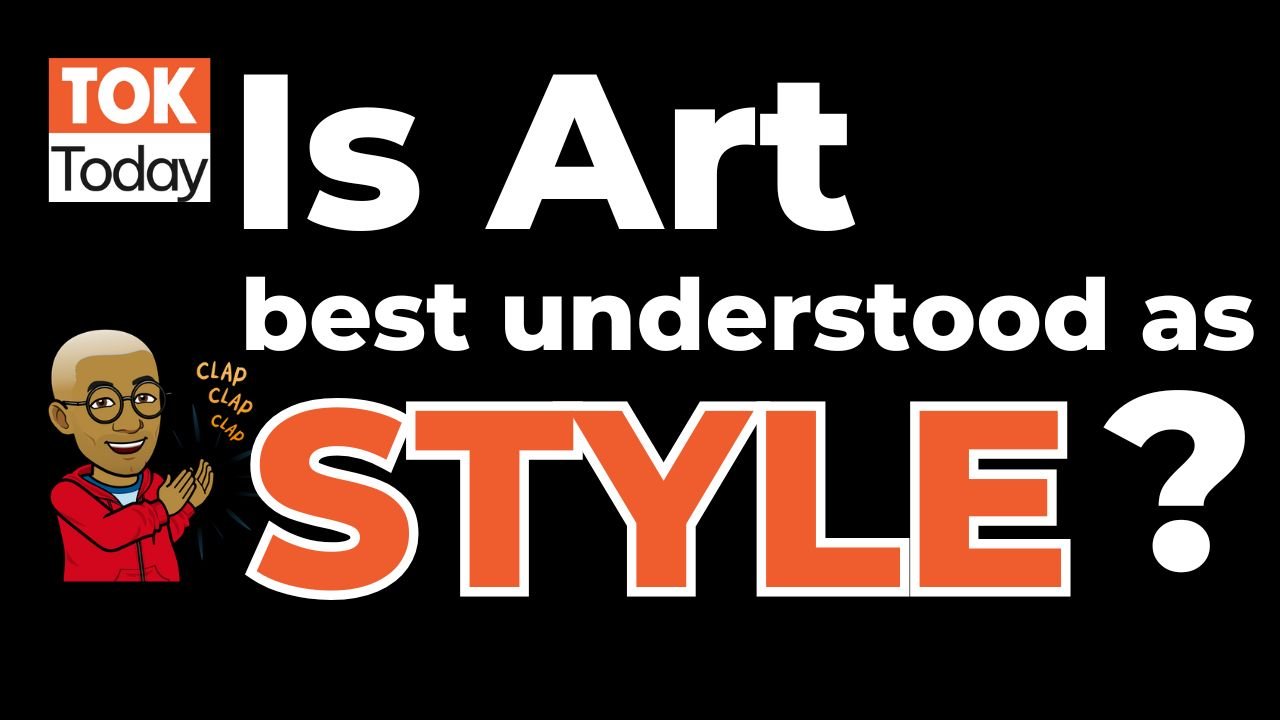
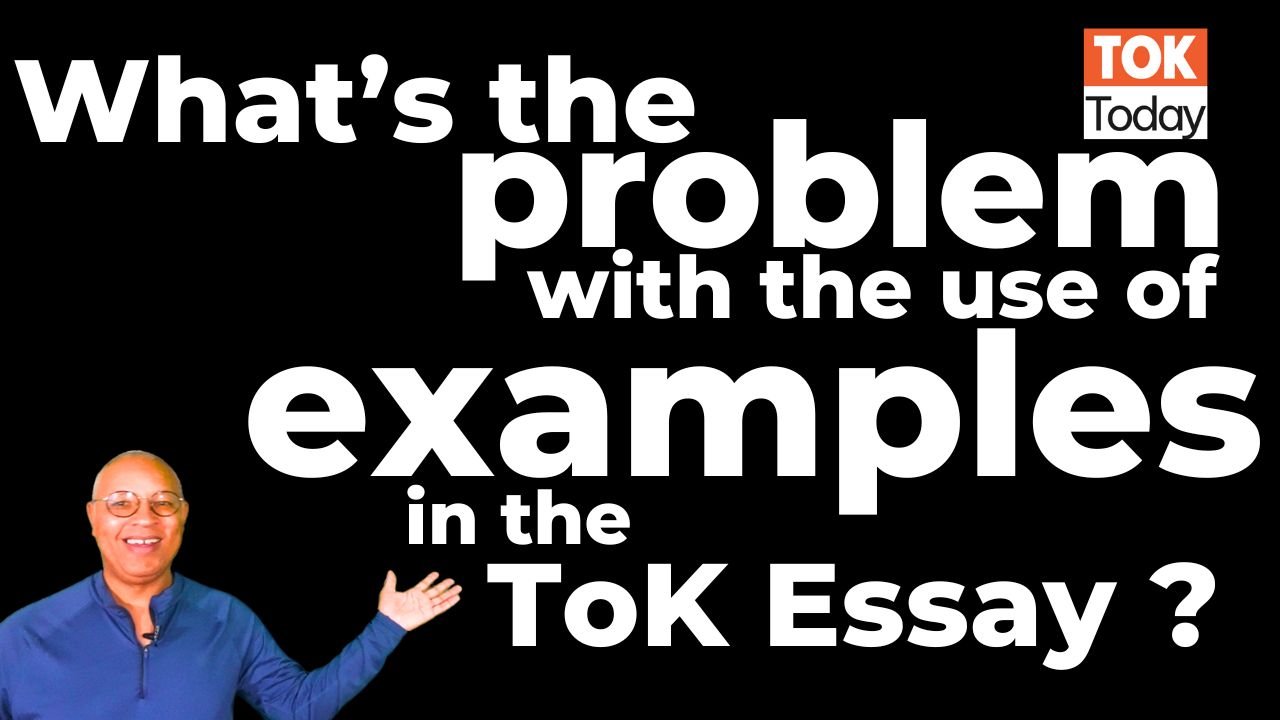
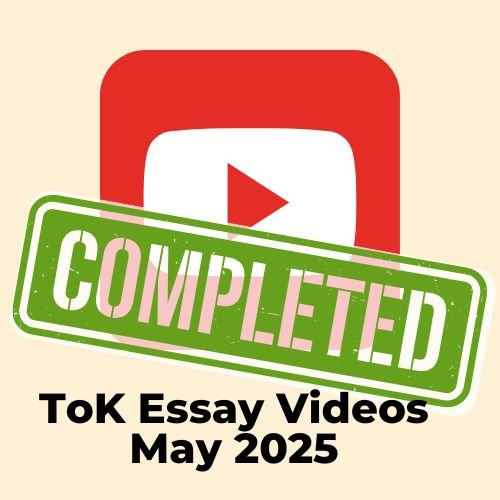

Essay #2 May 25: Fragility
Was the best music made 1970-2000 ? This, and many other questions, come up when considering ToK Essay #2 May 25: fragile revered knowledge
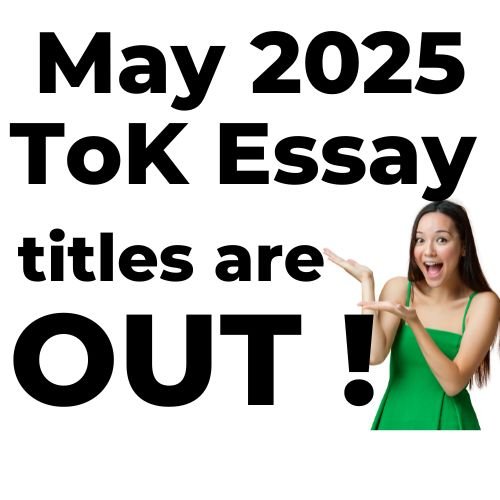
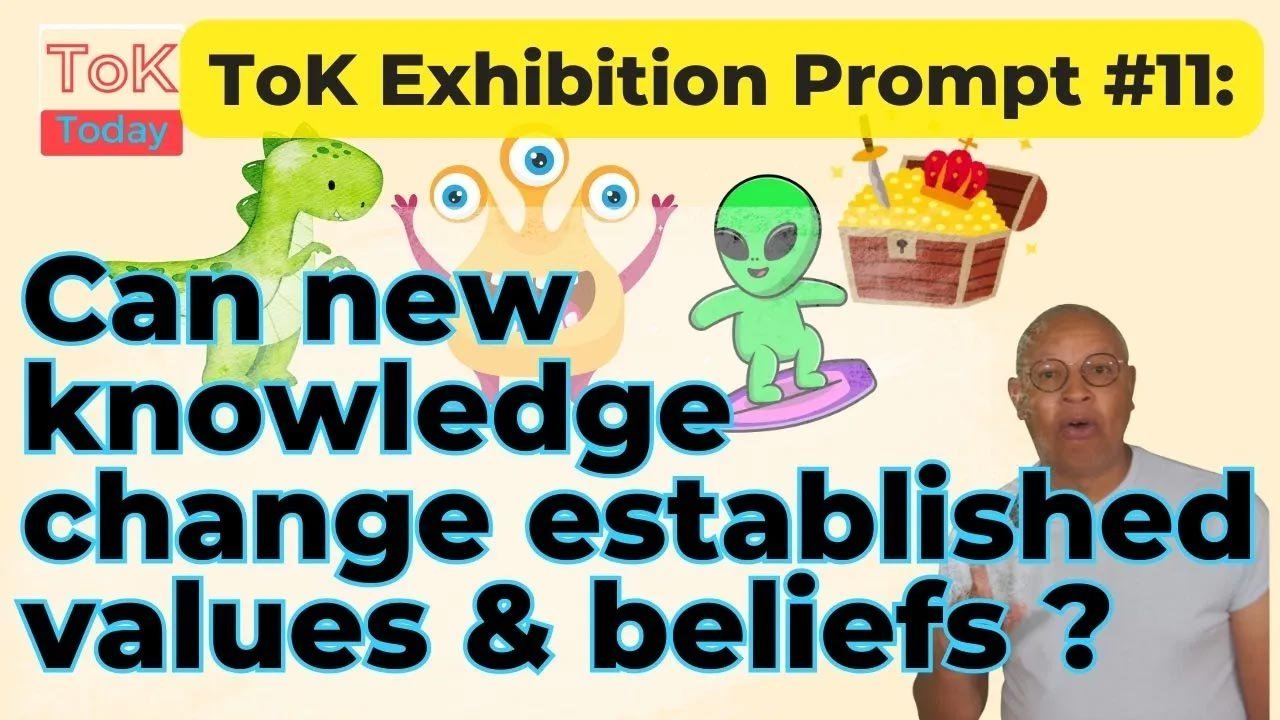
ToK Exhibition Prompt 11: Can New Knowledge Change Established Values or Beliefs?
Exploring ToK Exhibition Prompt 11: “Can new knowledge change established values or beliefs?” reveals interesting questions about the nature of knowledge, values, and beliefs.
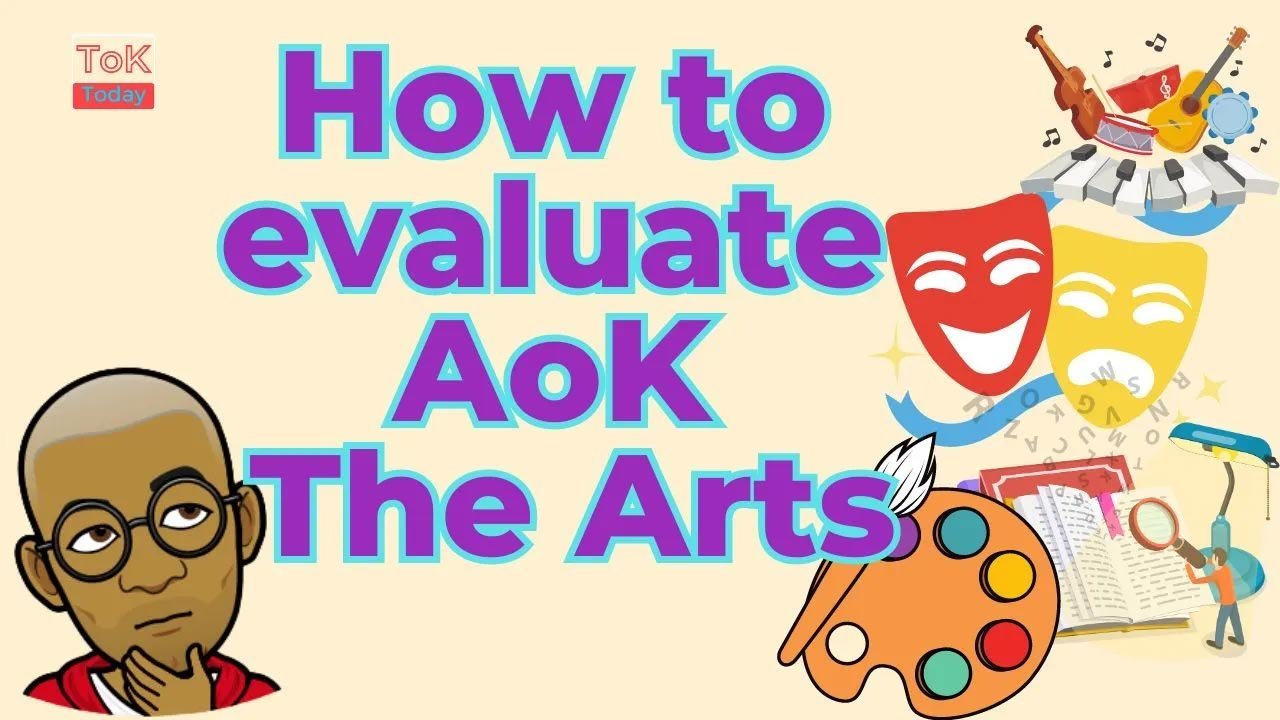
How to Evaluate AoK The Arts
Evaluating Area of Knowledge (AoK) The Arts within the Theory of Knowledge (ToK) course, involves understanding the diverse perspectives and criteria that shape understanding of artistic knowledge.
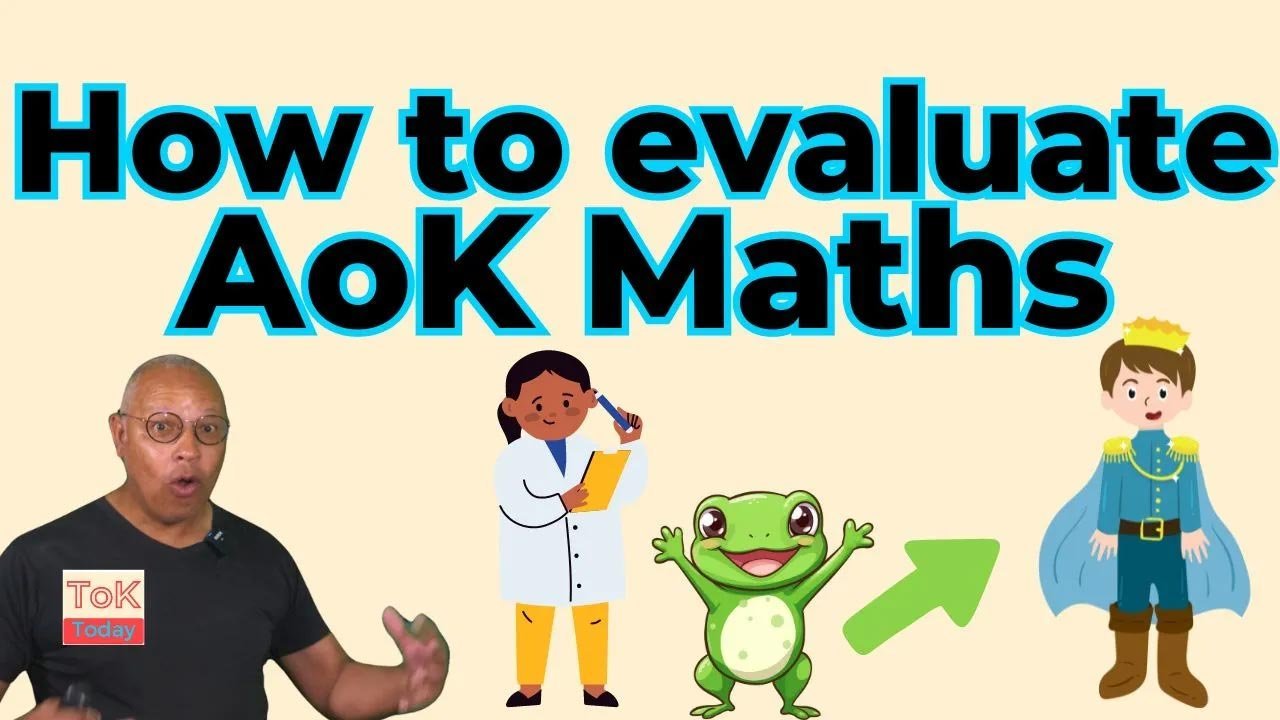
How to Evaluate AoK Mathematics
Students hoping to score 5 or more marks in the Theory of Knowledge (ToK) Essay must evaluate the knowledge arguments made within the essay. This blogpost provides 4 general evaluation points for Area of Knowledge (AoK) Mathematics.
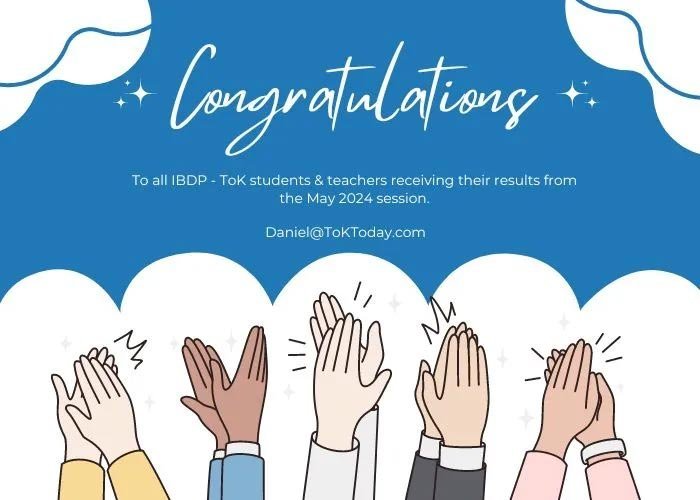
ToK Results May 24 & Feedback
Congratulations if you, or your students, have just received your DP & ToK results. Regardless of the actual numerical score, any study of the IB Diploma (particularly ToK) is a valuable achievement.
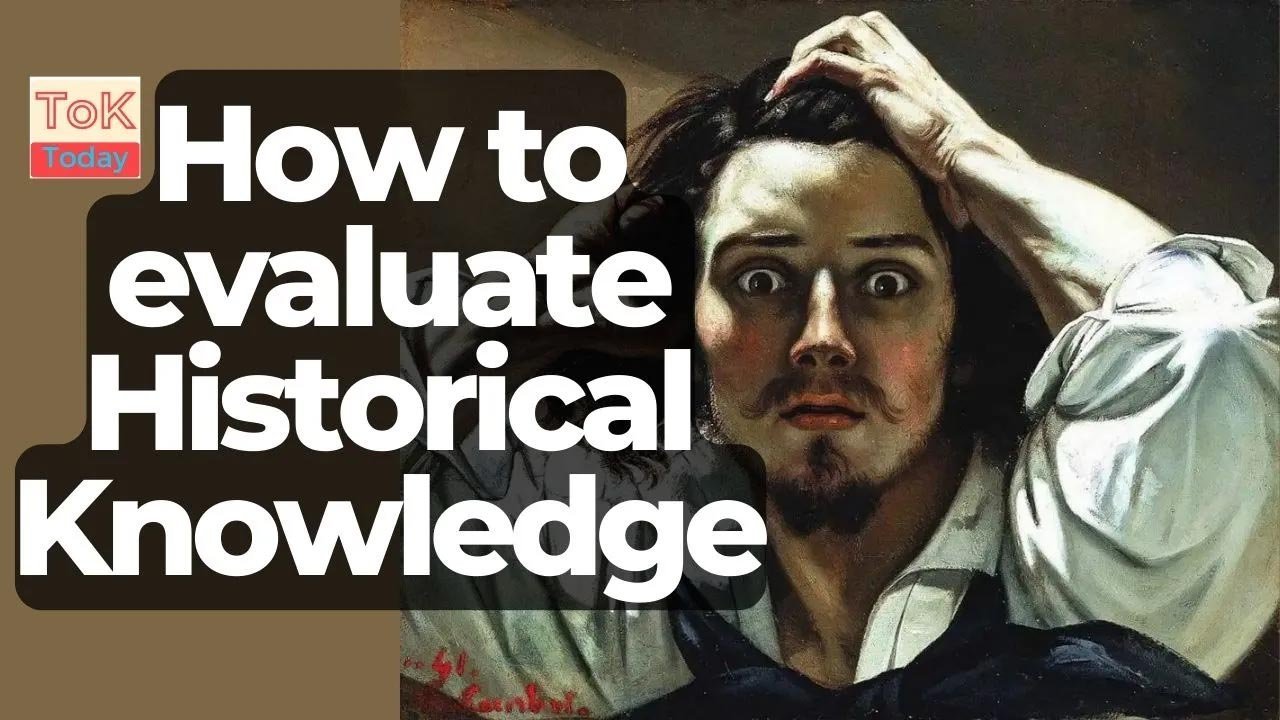
How to Evaluate AoK History
When writing the Theory of Knowledge (ToK) Essay students are asked to evaluate their main knowledge claims. Today’s post looks at the main evaluation points that can be applied to most knowledge claims made in Area of Knowledge (AoK) History.

How to evaluate AoK Natural Sciences
When writing the Theory of Knowledge (ToK) Essay students are asked to evaluate their main knowledge claims. Today's post looks at the main evaluation points that can be applied to most knowledge claims made in Area of Knowledge (AoK) Natural Sciences.

What is a Knowledge Argument?
Recently, whilst coaching a student on his Theory of Knowledge (ToK) essay, I realised he was unfamiliar with the term “knowledge argument.” He hadn’t encountered the term "knowledge claim" or "knowledge issue" either, which are often used interchangeably.

